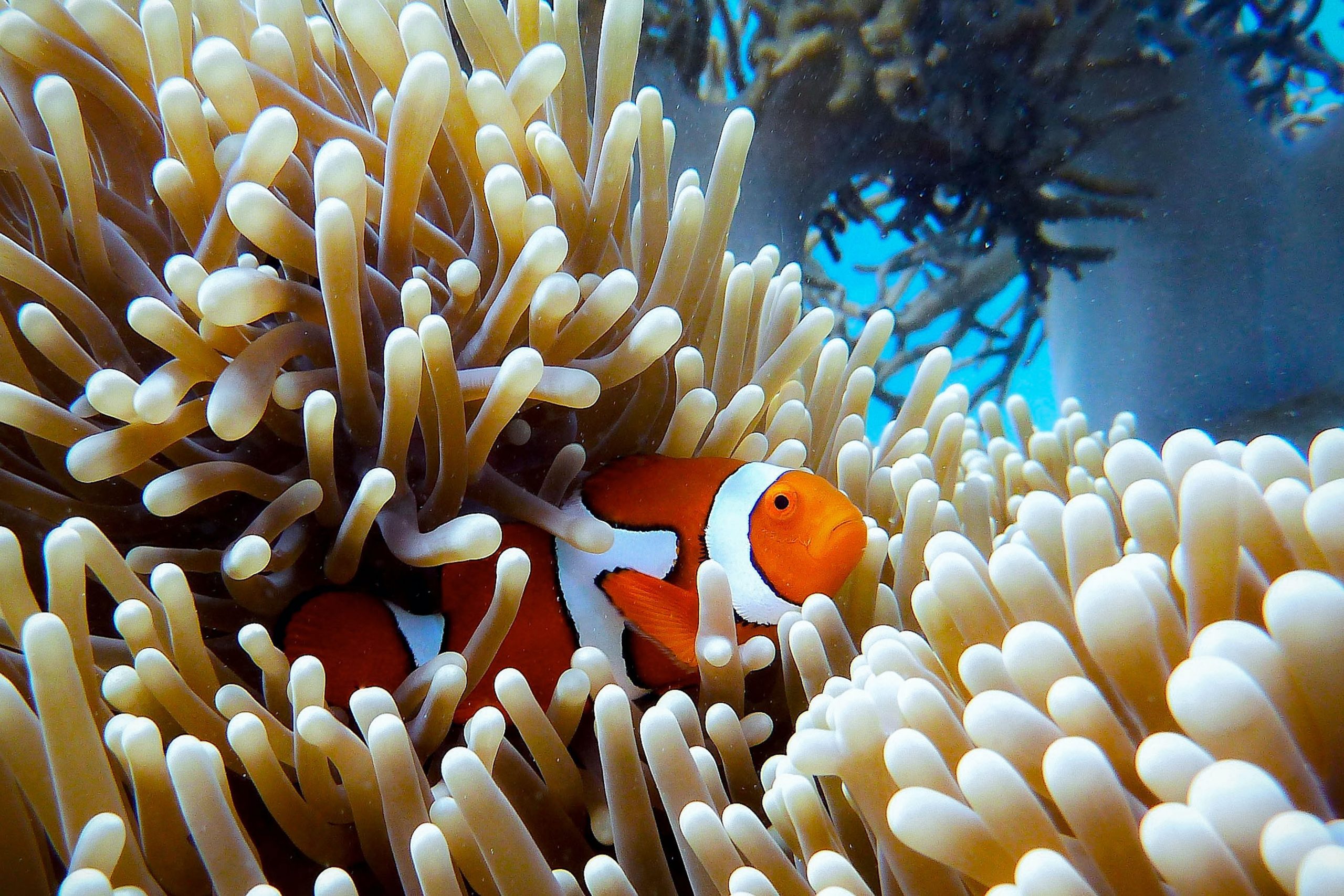Never hold an inquiry unless you know the outcome. Never ask a question unless you already know the answer. Both of these adages hold true with regard to two ongoing public inquiries in Australia.
One, the Bushfires Royal Commission, has panned out more or less exactly as feared: a soapbox for blame-dodgers and activists. Another, a Senate committee inquiry into the Great Barrier Reef, is rapidly going the other way, as all manner of inconvenient truths fall out.
Not least, just how dodgy some of the supposedly unassailable science really is.
The Senate committee inquiry into the regulation of farm practices impacting water quality on the Great Barrier Reef has yielded some remarkable confessions by science institutions about the state of the reef. It has been the first time many of the scientists have been asked difficult questions and publicly challenged by hard evidence. They have been forced out of their bubble.
It was revealed by Paul Hardisty, boss of the Australian Institute of Marine Science, that only 3 per cent of the reef, the “inshore reefs”, is affected by farm pesticides and sediment. He also stated that pesticides, are a “low to negligible risk”, even for that 3 per cent.
The other 97 per cent, the true offshore Great Barrier Reef, mostly 50km to 100km from the coast, is effectively totally unharmed by pesticides and sediment.
That’s not the kind of “97 per cent” they were looking for, I suspect. Not that they’re keen to tell anyone.
Why has this fact not been brought to the public’s attention in major documents such as the GBR Outlook Report produced by the Great Barrier Reef Marine Park Authority? Why has everybody been deceived about the true extent of the problem?
Because, as I so often say, a problem solved is an existential crisis for an activist. Too many scientists today have become nothing more than activists in lab coats.
What is worse than what they’re not telling us is what they don’t even know.
AIMS has been negligent in not updating the GBR-average coral growth data for the past 15 years. We have the scandalous situation that there is data going back centuries – but nothing since 2005. AIMS claimed coral growth rates collapsed between 1990 and 2005, due to climate change; however, there is considerable doubt about this result because AIMS changed the methodology for the data between 1990 and 2005. At the Senate inquiry, under some duress, AIMS agreed it would be a good idea to update this data if the government will fund the project.Updating the coral growth rate data will be a major step forward. It will prove or disprove the doubtful decline between 1990 and 2005. It will also give the complete record of how the GBR has fared in the past 15 years, a period when scientists have become more strident in their claims that it is on its last legs.
And therein lies the problem. Crying “Wolf!” gets everyone panicked (and keeps the funding rolling in). Proving that there really is a wolf is a lot harder – especially when there’s a real risk that the villagers will finally cotton on that the wolf is not only there, it never existed in the first place.
If you enjoyed this BFD article please consider sharing it with your friends.

